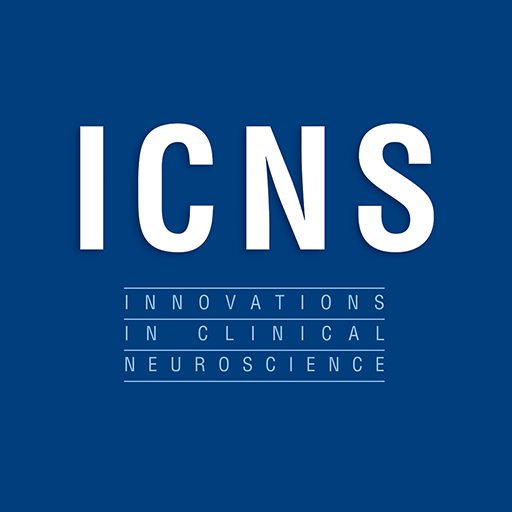 “Although open-label observations report a positive effect of cannabinoids on non-motor symptoms (NMS) in Parkinson’s disease (PD) patients, these effects remain to be investigated in a controlled trial for a broader use in NMS in PD patients. Therefore, we decided to design a proof-of-concept study to assess the synthetic cannabinoid nabilone for the treatment of NMS. We hypothesize that nabilone will improve NMS in patients with PD and have a favorable safety profile. The NMS-Nab Study is as a mono-centric phase II, randomized, placebo-controlled, double-blind, parallel-group, enriched enrollment withdrawal study. The primary efficacy criterion will be the change in Movement Disorders Society-Unified Parkinson’s Disease-Rating Scale Part I score between baseline (i.e. randomization) and week 4. A total of 38 patients will have 80% power to detect a probability of 0.231 that an observation in the treatment group is less than an observation in the placebo group using a Wilcoxon rank-sum test with a 0.050 two-sided significance level assuming a true difference of 2.5 points between nabilone and placebo in the primary outcome measure and a standard deviation of the change of 2.4 points. The reduction of harm through an ineffective treatment, the possibility of individualized dosing, the reduction of sample size, and the possible evaluation of the influence of the placebo effect on efficacy outcomes justify this design for a single-centered placebo-controlled investigator-initiated trial of nabilone. This study should be the basis for further evaluations of long-term efficacy and safety of the use of cannabinoids in PD patients.”
“Although open-label observations report a positive effect of cannabinoids on non-motor symptoms (NMS) in Parkinson’s disease (PD) patients, these effects remain to be investigated in a controlled trial for a broader use in NMS in PD patients. Therefore, we decided to design a proof-of-concept study to assess the synthetic cannabinoid nabilone for the treatment of NMS. We hypothesize that nabilone will improve NMS in patients with PD and have a favorable safety profile. The NMS-Nab Study is as a mono-centric phase II, randomized, placebo-controlled, double-blind, parallel-group, enriched enrollment withdrawal study. The primary efficacy criterion will be the change in Movement Disorders Society-Unified Parkinson’s Disease-Rating Scale Part I score between baseline (i.e. randomization) and week 4. A total of 38 patients will have 80% power to detect a probability of 0.231 that an observation in the treatment group is less than an observation in the placebo group using a Wilcoxon rank-sum test with a 0.050 two-sided significance level assuming a true difference of 2.5 points between nabilone and placebo in the primary outcome measure and a standard deviation of the change of 2.4 points. The reduction of harm through an ineffective treatment, the possibility of individualized dosing, the reduction of sample size, and the possible evaluation of the influence of the placebo effect on efficacy outcomes justify this design for a single-centered placebo-controlled investigator-initiated trial of nabilone. This study should be the basis for further evaluations of long-term efficacy and safety of the use of cannabinoids in PD patients.”
https://www.ncbi.nlm.nih.gov/pubmed/31129719
https://link.springer.com/article/10.1007%2Fs00702-019-02021-z



 “Parkinson’s disease (PD) is a chronic neurodegenerative disorder characterized by motor symptoms such as bradykinesia, rest tremor, postural disturbances, and rigidity. PD is also characterized by non-motor symptoms such as sleep disturbances, cognitive deficits, and psychiatric disorders such as psychosis, depression, and anxiety. The pharmacological treatment for these symptoms is limited in efficacy and induce significant adverse reactions, highlighting the need for better treatment options.
“Parkinson’s disease (PD) is a chronic neurodegenerative disorder characterized by motor symptoms such as bradykinesia, rest tremor, postural disturbances, and rigidity. PD is also characterized by non-motor symptoms such as sleep disturbances, cognitive deficits, and psychiatric disorders such as psychosis, depression, and anxiety. The pharmacological treatment for these symptoms is limited in efficacy and induce significant adverse reactions, highlighting the need for better treatment options.


